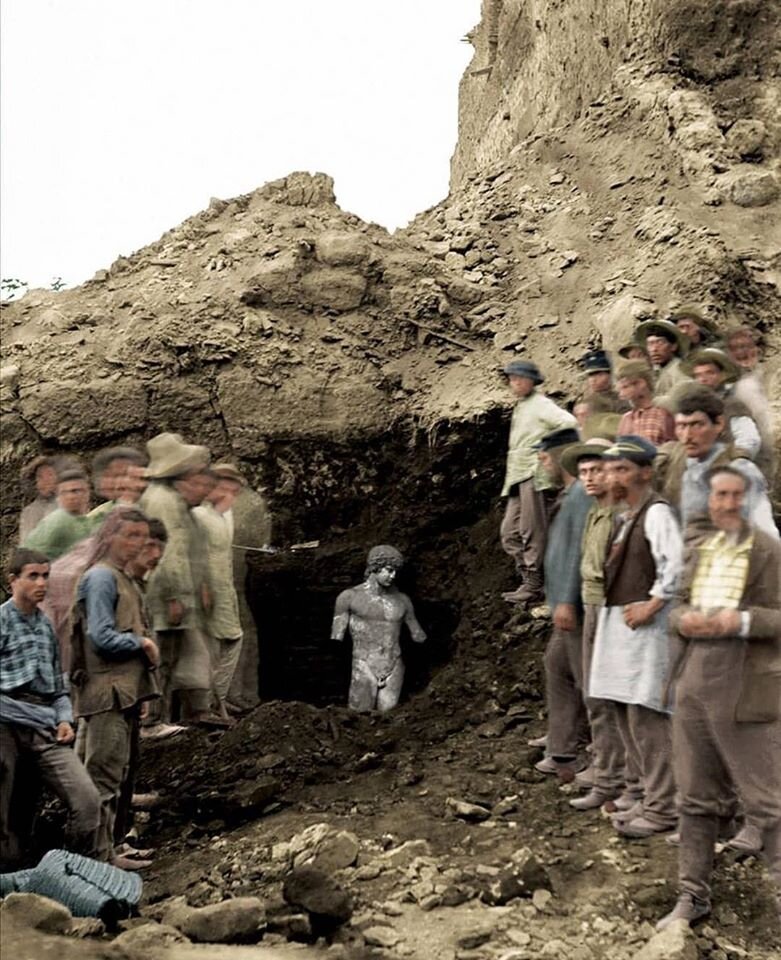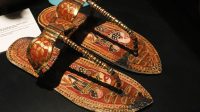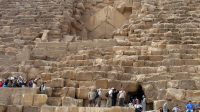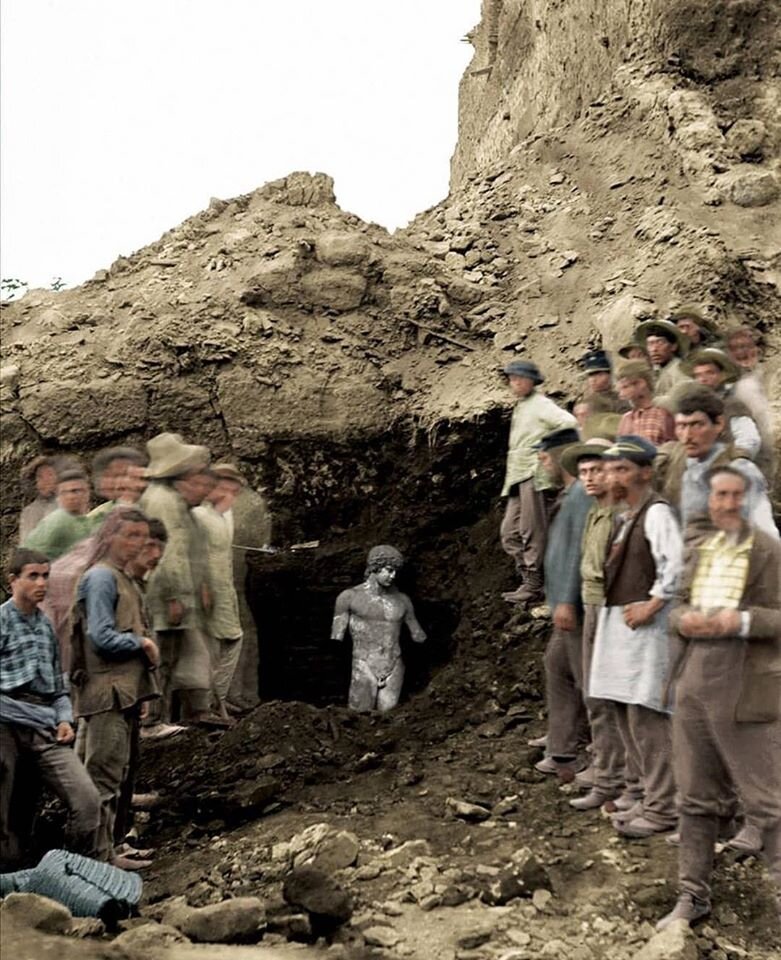
Antinous was a young Greek youth born around 111 AD in Bithynium, in the Roman province of Bithynia. He rose to fame as the favored companion of Emperor Hadrian, who ruled the Roman Empire from 117 to 138 AD. Hadrian’s affection for Antinous was well-documented, and the young man accompanied the Emperor on his travels, eventually meeting an untimely end in 130 AD.
In 1894, French archaeologist Théophile Homolle was excavating the ancient sanctuary of Delphi, a site of great religious and cultural significance in antiquity. During his excavation, he uncovered a remarkable statue, which he initially believed to be a representation of Dionysus due to the statue’s youthful appearance, wreathed head, and draped form.

Upon closer examination, it became clear that the statue was not a representation of Dionysus, but rather of Antinous himself. The discovery sent shockwaves through the archaeological community and reignited interest in the life and influence of Antinous, who had previously been overshadowed by Emperor Hadrian’s legacy.
The Antinous of Delphi is a marble statue measuring around 1.45 meters (4.75 feet) in height. It is remarkable for its exquisite craftsmanship and the lifelike representation of Antinous. The statue is adorned with the characteristic hairstyle of Antinous and the wreath on his head, signifying his deification, as he was declared a god after his death.

The discovery of the statue of Antinous at Delphi shed light on the enduring influence of this young man on the Roman world. It is believed that the statue was erected in the sanctuary as a part of the Emperor Hadrian’s efforts to establish a religious cult around Antinous. The statue’s presence at Delphi, a sacred site of great importance, is a testament to the deep devotion and spiritual significance attached to Antinous by Hadrian and the people of the time.
The Antinous of Delphi has since become an iconic representation of the enduring love between Antinous and Emperor Hadrian. It also serves as a testament to the blending of Roman and Greek culture during the Hellenistic period. The statue is now housed in the Delphi Archaeological Museum, where it continues to captivate visitors and researchers alike.
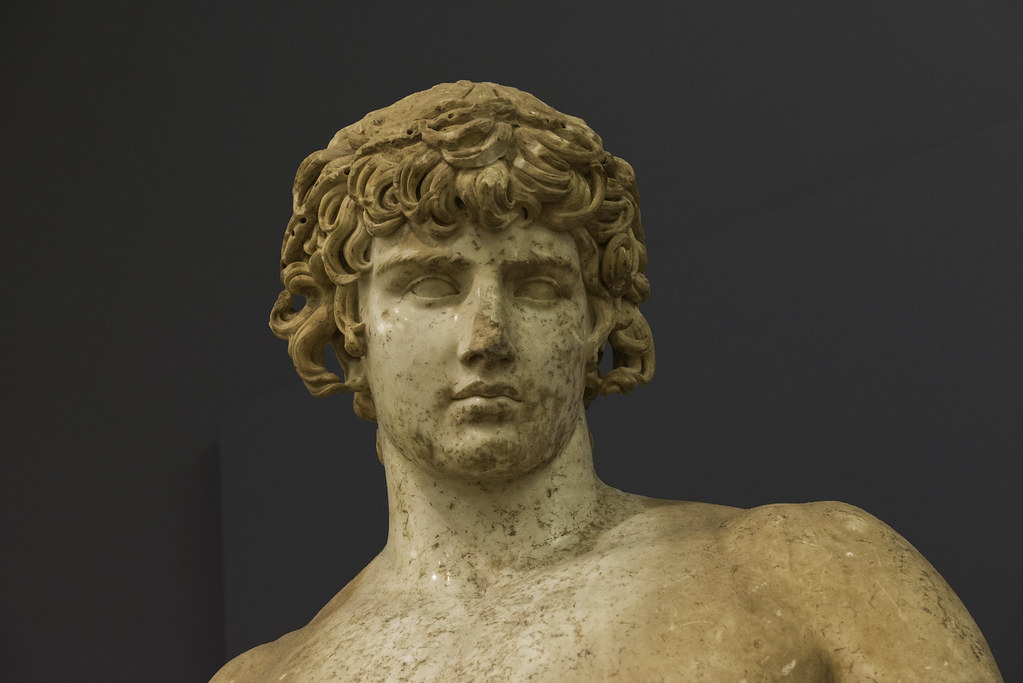
The discovery of the statue of Antinous in Delphi in 1894 was a momentous event in the world of archaeology and classical studies. It not only added depth to our understanding of the relationship between Antinous and Emperor Hadrian but also highlighted the enduring impact of this youth on Roman culture and religious practices. The Antinous of Delphi stands as a testament to the power of art and archaeology in unraveling the mysteries of the past and connecting us to the lives and passions of those who lived long ago.

